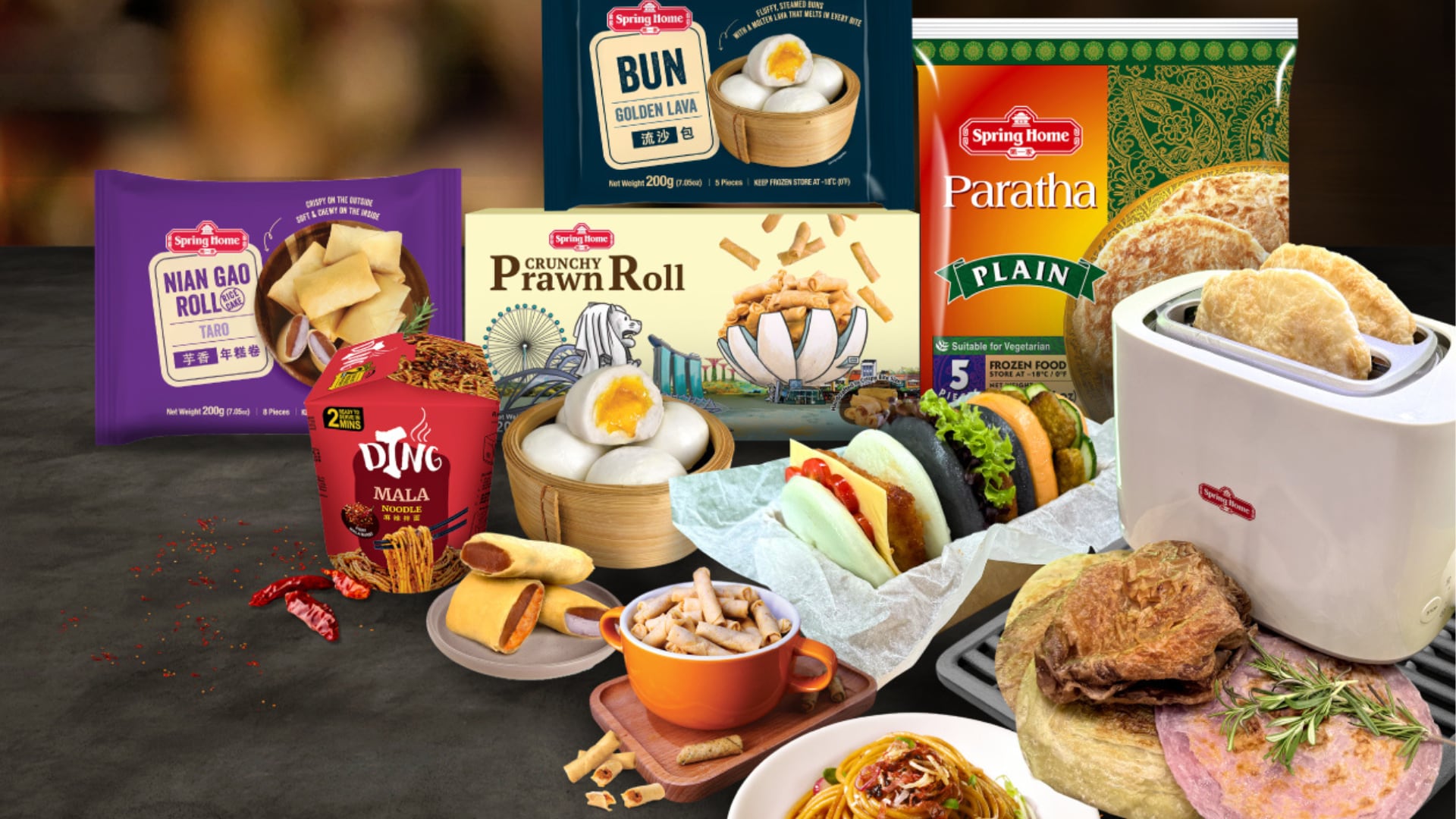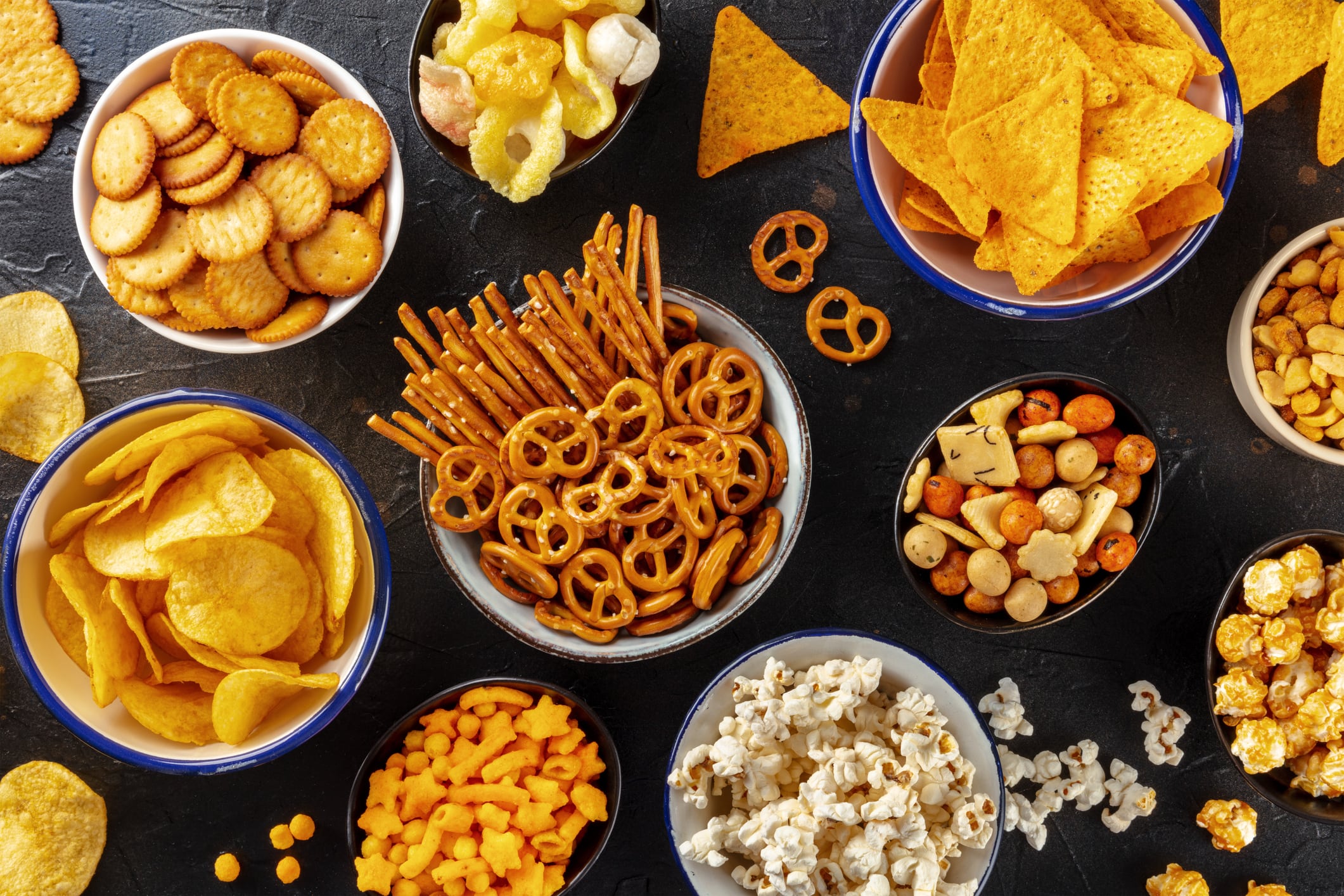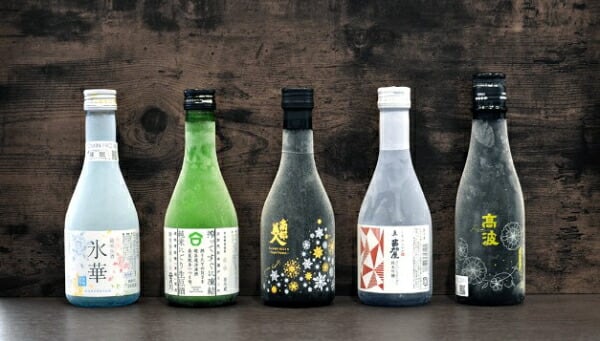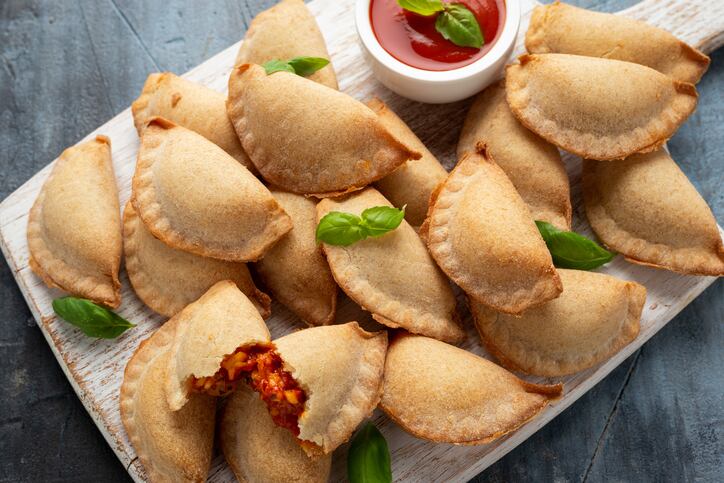The 50-year-old brand known for its Spring Home range is expanding into ready-to-cook meals and ambient foods on top of its current frozen food offerings, which include ready-to-cook tang yuan (sweet glutinous rice balls), spring roll pastry, and paratha.
The firm also aims to become a one-stop food solutions provider for brands, offering OEM services from conceptualisation to production. Customisable offerings include mooncakes, dim sum, and lotus leaf buns.
The focus on ready-to-eat foods caters to the increasing demand for convenience and easy preparation.
“Convenience is the buzzword. Especially for fast-paced regions like Singapore. Anything that’s air fryer friendly, steamer friendly, and easy to cook, people will buy. If it’s ready-to-eat, that’s even better, because you don’t even have to do any preparation work,” said Tan Wei Xun, Tee Yih Jia’s assistant business development manager.
He was speaking to FoodNavigator-Asia at the FHA Food & Beverage 2025 exhibition, held at Singapore Expo from April 8 to 11, where Tee Yih Jia unveiled its latest products.
Convenience is key
One of its upcoming products is Ding! – microwavable instant noodles that are different from what the market currently offers.
“I don’t think you can find something like this in the market. It’s like Chinese-style pasta that’s ready in two minutes after you pop it into the microwave.
“It’s a joint venture with a Chinese noodle firm. We’re finalising the packaging and are aiming to launch it this year.
“The noodles are similar to pasta, unlike the traditional Asian instant noodles that has less bite. Flavours include black pepper, tom yum, mala, dried scallion, and sha cha [a savoury Chinese condiment],” said Tan.
Another addition to the retail range is the hae bi hiam (crispy prawn) rolls, packaged in 50g packs, which caters to both the snacking and souvenir markets among tourists and locals.
“Ninety-nine percent of our products are frozen, but we’re venturing into ambient products like the hae bi hiam rolls.
“It’s great as a convenient snack and also as a tourist souvenir. They’re mildly spicy, no fillers, and made from 100% shrimp,” said Tan, citing “a boom in tourism post-COVID and that the market is still seeing the effects of it”.
He added that many businesses are moving towards the tourism sector, as all retailers and brands are seeing an uptick in demand for tourist products.
“Ninety percent of our revenue comes from exports, and all our products are halal certified and export friendly. Most of them don’t contain meat, dairy, and eggs, which are more tightly regulated than other ingredients in most countries,” said Tan.
Innovations for global retail and B2B markets
As part of its growth plans, the firm is actively innovating beyond its traditional range for younger consumers while retaining nostalgic appeal. This is to sustain relevance across generations.
“We’re featuring new paratha flavours like taro, chocolate, matcha, cinnamon, and multigrain. These are all new developments in our R&D pipeline,” said Tan, adding that the recent custard lava tang yuan made with salted egg yolk received positive feedback from consumers.
Such innovative efforts also extend to the firm’s B2B range, which focuses on OEM services where Tee Yih Jia handles everything from conceptualisation to production.
For instance, the firm aims to launch its colourful mooncakes during the mid-autumn festival this year, which includes “full-service solutions”.
“We can handle everything from mould design to production, packing, and labelling. Customers only need to provide the packaging.
“And what’s special about this range is, we’re offering molten lava-style fillings – similar to liu sha bao [custard buns] – where the filling flows after heating.
“And traditionally, mooncake skin is brown, but ours come in different colours, which are usually only seen in snow-skin varieties,” said Tan.
This is part of a strategy to keep an innovative edge over competitors as similar products are easily found in Asian markets.
He cites another new range of colourful products – lotus leaf buns, which are used to hold meat fillings in Chinese cuisine.
“Our colourful lotus leaf buns – what we call gua pau or he ye pau in Chinese – come in various colours like orange, green, lilac, black, and pink.
“These are great for seasonal marketing, such as red-and-white versions for Singapore’s National Day.
“We work with customers to develop such ideas so they can better market the products,” said Tan.
The firm’s strategies are based on its experience as an export-oriented Asian food manufacturer that distributes to 80 countries, with production facilities in Singapore, China, Malaysia and the US.





